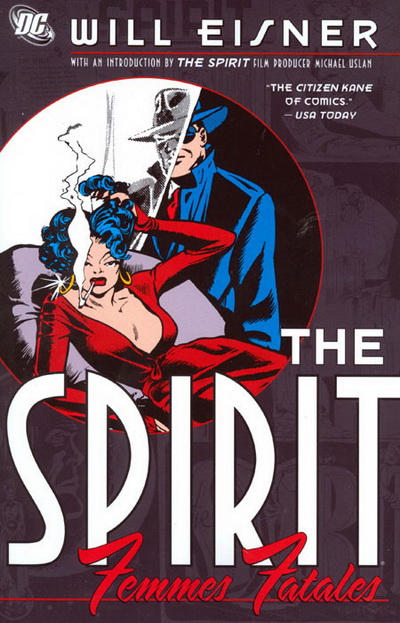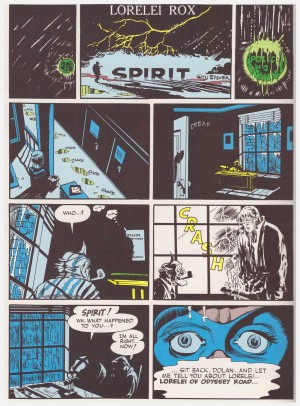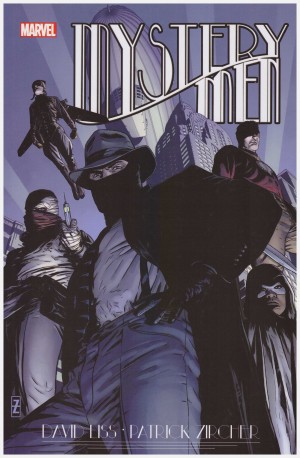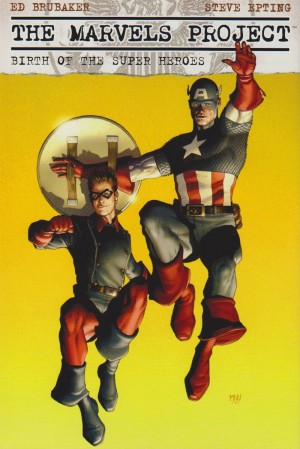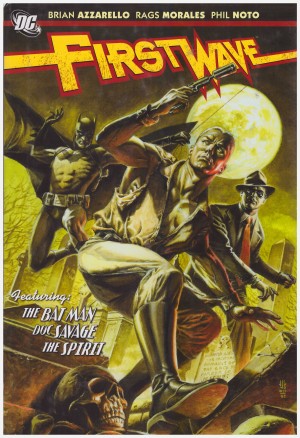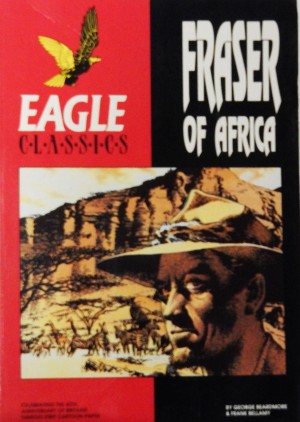Review by Frank Plowright
In 2008 DC were just completing their ambitious run of 26 hardback volumes archiving the entire run of Will Eisner’s Spirit newspaper strip from 1940 to 1952. What better way to showcase that and simultaneously have something priced a little cheaper to tie-in with the forthcoming film than a collection focussing on an integral element of the Spirit’s strip: glamorous women. This is also a companion piece to 2005’s The Best of the Spirit, with which it puzzlingly shares five stories.
A similar approach was taken to compiling volume three of The Spirit Colour Album in the 1980s, but here we have a wider selection of women, the most famous of which is P’Gell. She’s named after a racy district of Paris that would have been well known to American servicemen in France during the latter years of World War II. She’s unashamedly sexy, and unafraid to employ her assets in search of riches. Married several times, her husbands have an unfortunate habit of dying.
Silk Satin announces herself by demanding a razor and hot water to remove a bullet from her arm. Unlike many of the women in the book who’re but a distraction for the Spirit, she’s confident and capable with a hint of ambivalence. Introduced as a jewel thief, she’d progress throughout the series, with her second appearance presaging her future as a British secret agent, and her third confirming it.
The first two are from 1941, and while Eisner’s art certainly bettered almost everything published in contemporary American comics, it’s clumsy and cramped compared with his panel designs later in the book. Before reaching Eisner illustrating again, there are several tales dating from 1946 very capably drawn by John Spranger from Eisner’s layouts.
Silken Floss features in the Spirit movie, yet was under-used in the series, only appearing in three episodes. Fearsomely intelligent, she decides the Spirit would be her ideal husband, and wheedling out of marriage was a theme Eisner adroitly manipulated throughout the series.
Those women unable to seduce the Spirit, which was most, a facet on which the strip thrived, are manipulative and tragic, themes combined for the final story ‘Death of Autumn Mews’. It features a splash page of the Spirit looking to his right as he leans on a brick logo forming his name,an image so iconic it was used as the cover of both the Best of collection and 2015’s 75th anniversary celebration. It’s a brave step indicating the final fate of Autumn Mews in the title. Attempting to keep her gang together, she learns the Spirit’s true identity, but dies before she can reveal it. It’s bleak, and an unusually cynical story for Eisner, as Autumn’s fate is sealed by the intervention of the Spirit’s assistant Sammy.
The tale of Lorelei Rox showcases the noir influence Eisner brought to the feature, a splash page of lightning flashes and eerie sound effects leading into a story of a truck hijacker and his unusual companion. Without Eisner’s inordinate sense of style this would be very ordinary, but he supplies a cinematic treat.
If there’s one classic Spirit love story it’s the tale of Sand Saref, oddly absent, but then hers was another story featured in the Best of collection. As around 25% of the content is duplication, and the Best of features a higher quantity of superior post 1945 material, so that should be the choice of anyone restricted to a single volume, but this is also very good.
